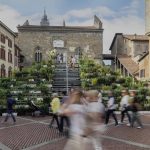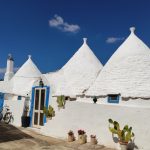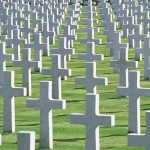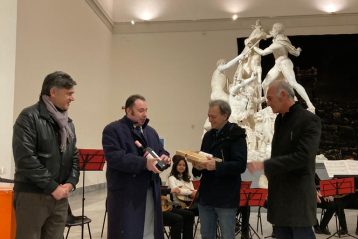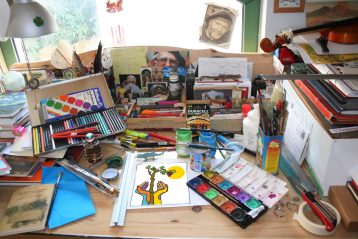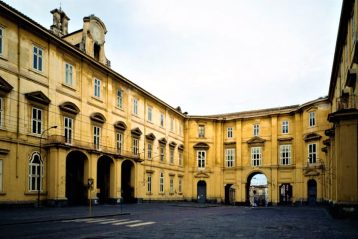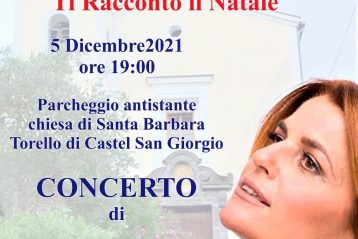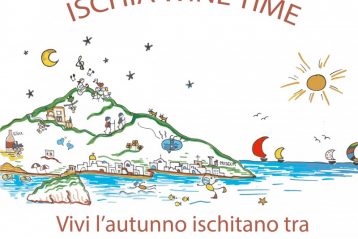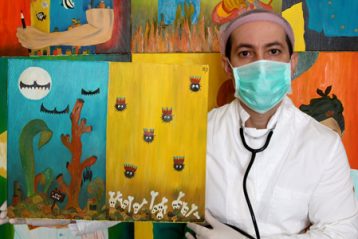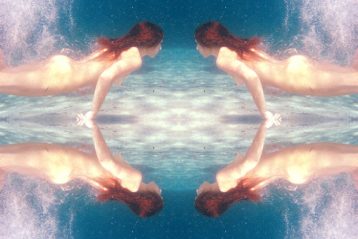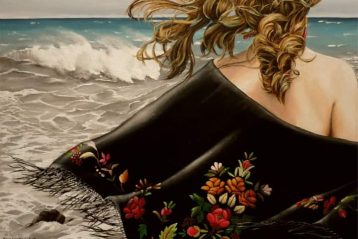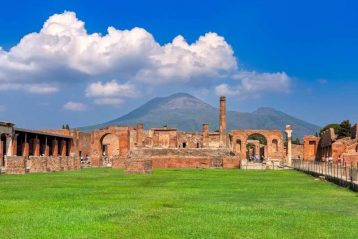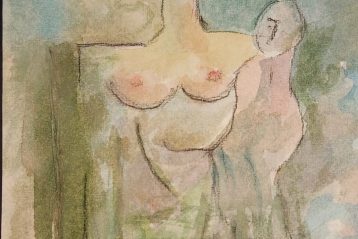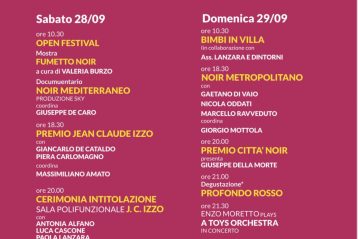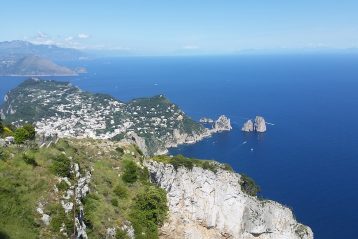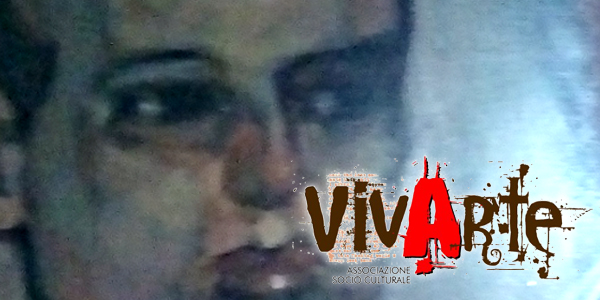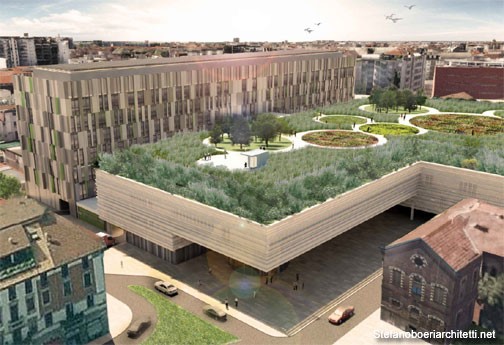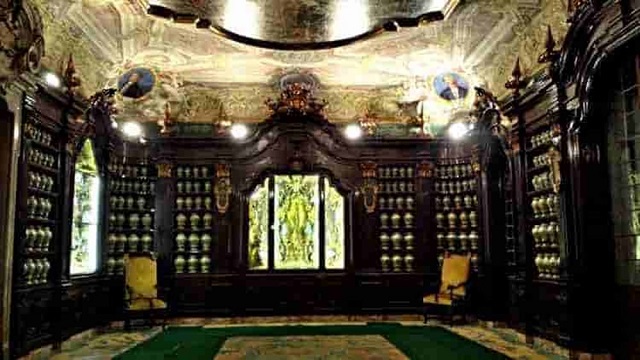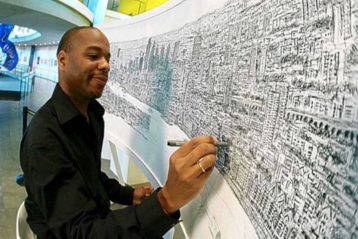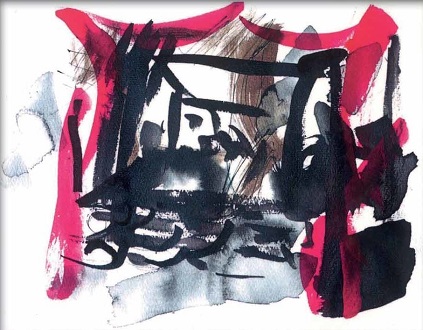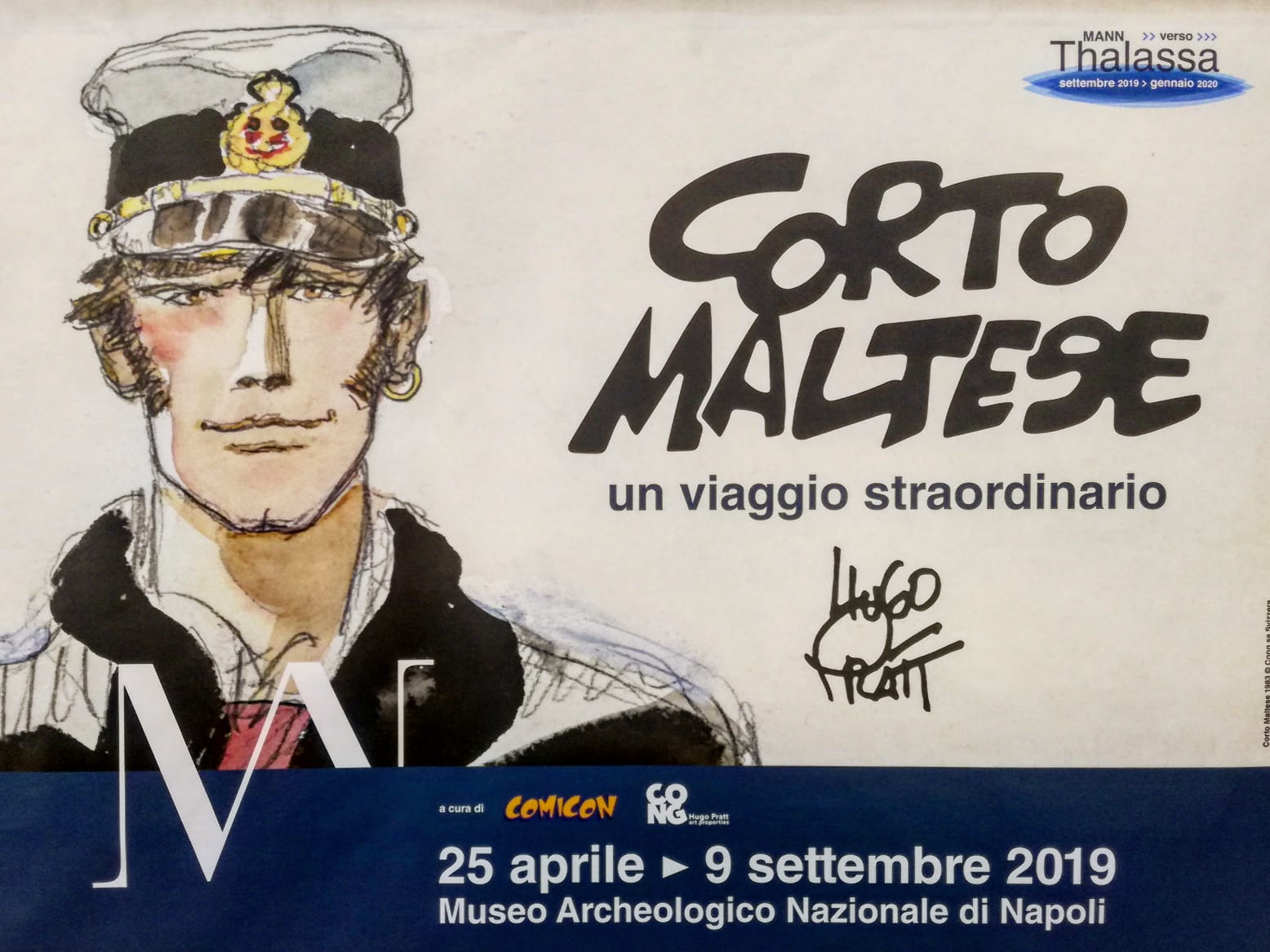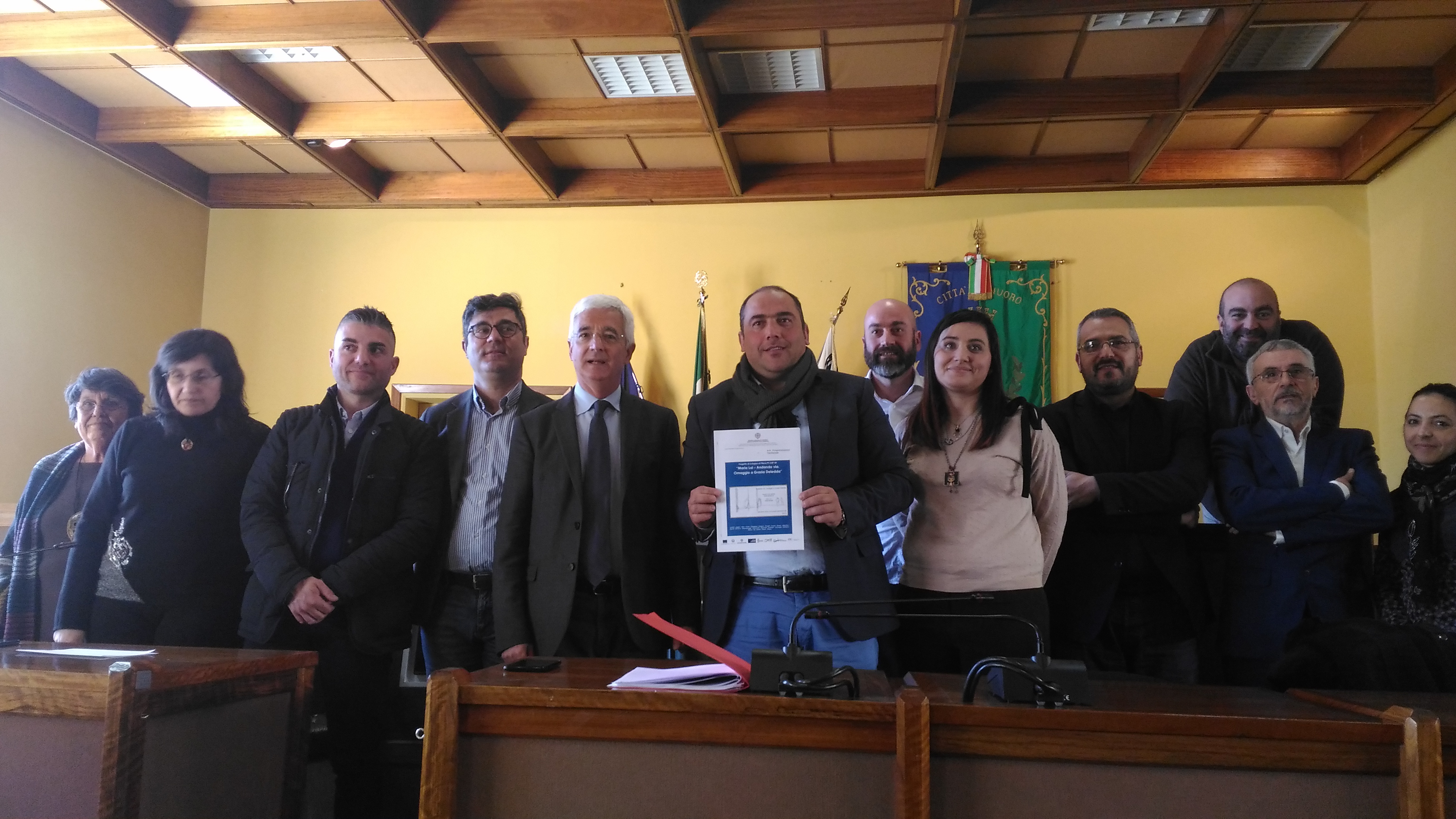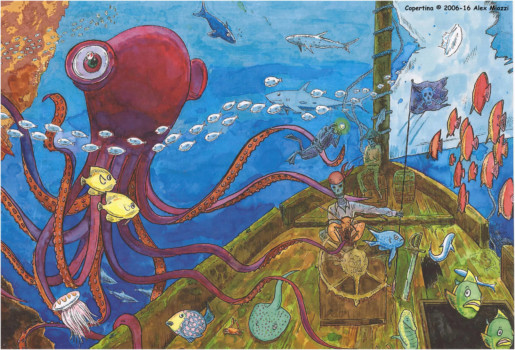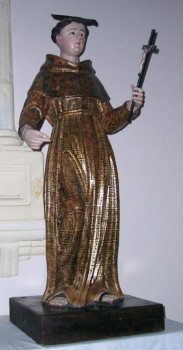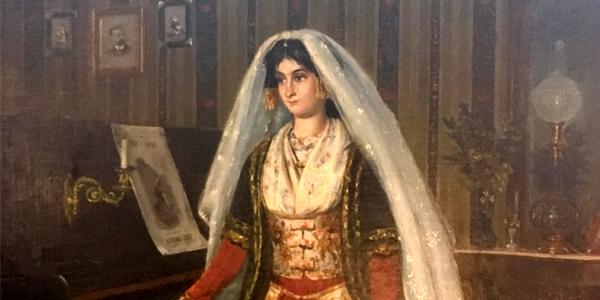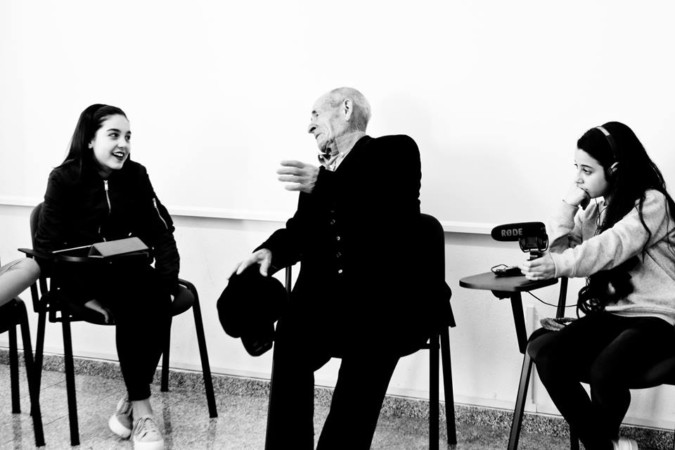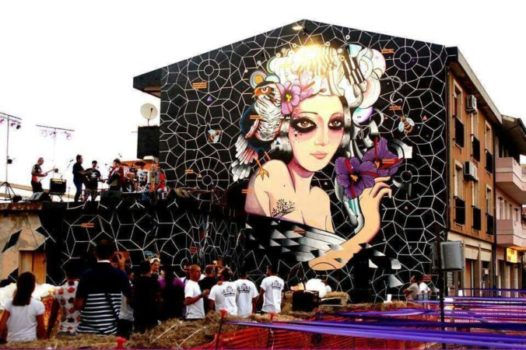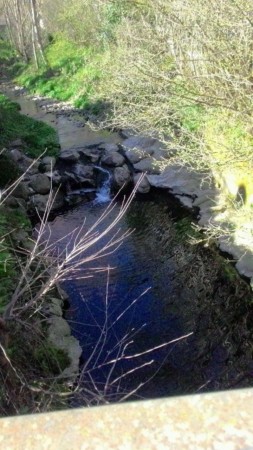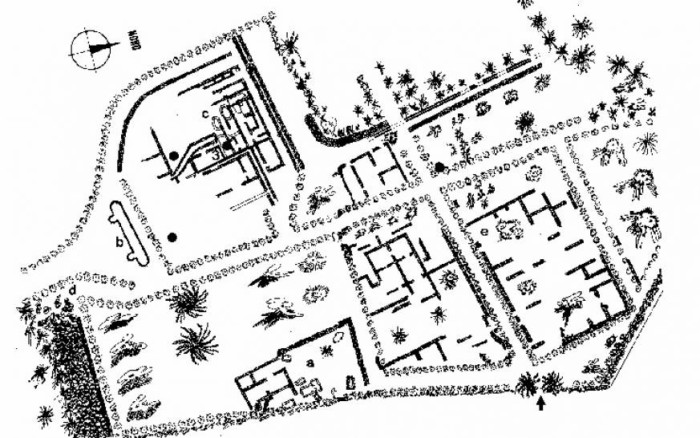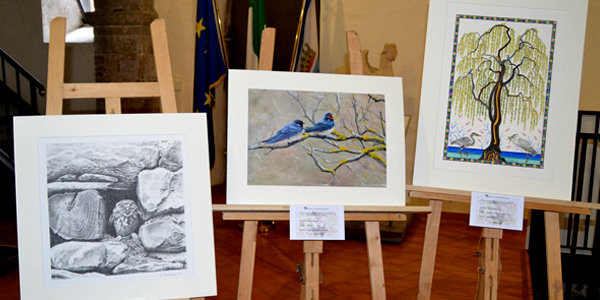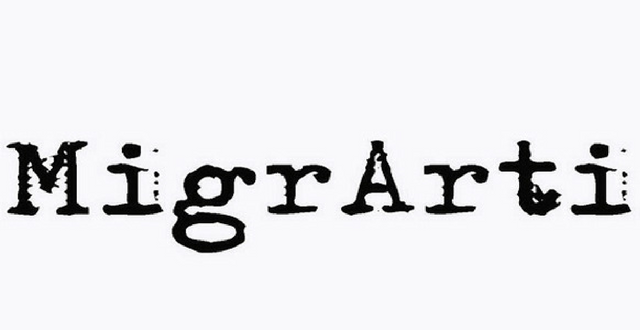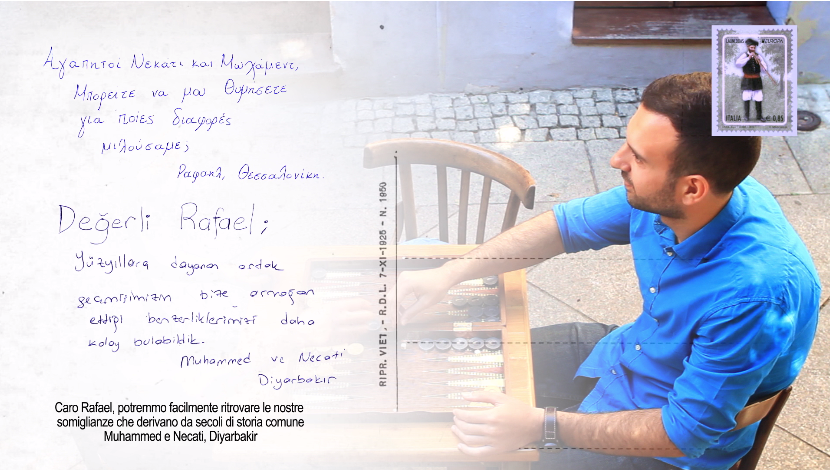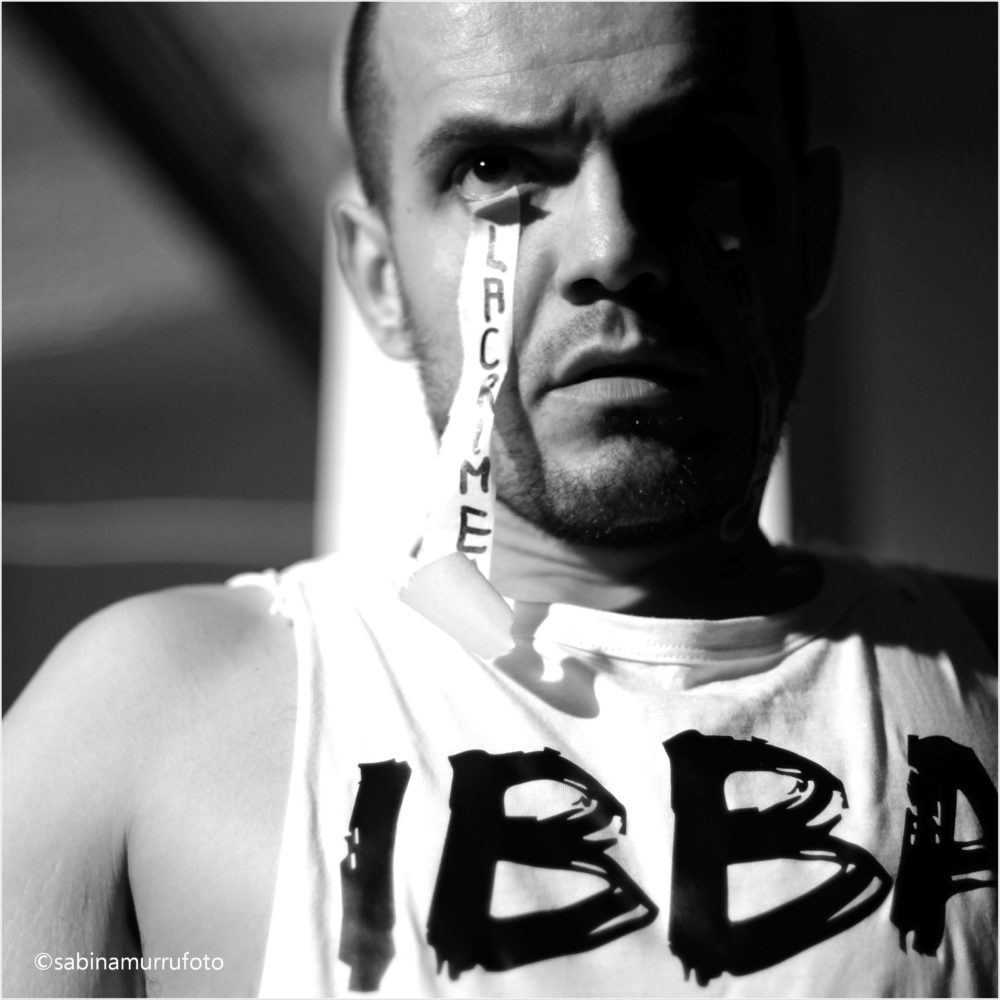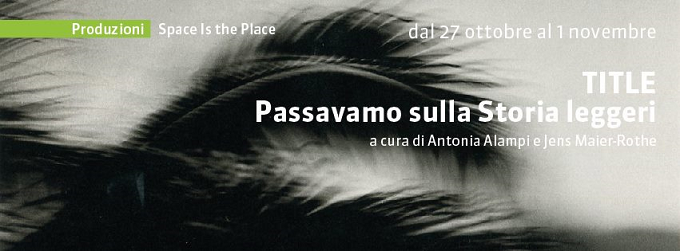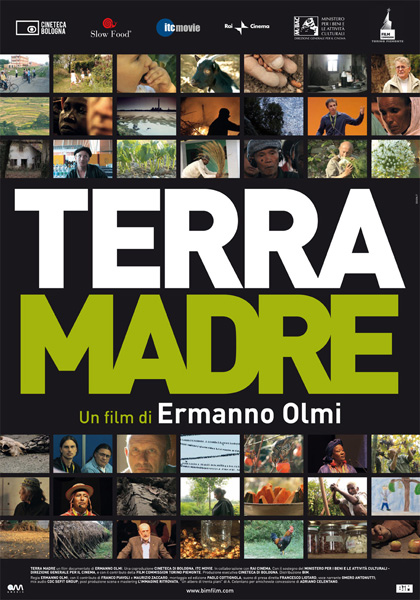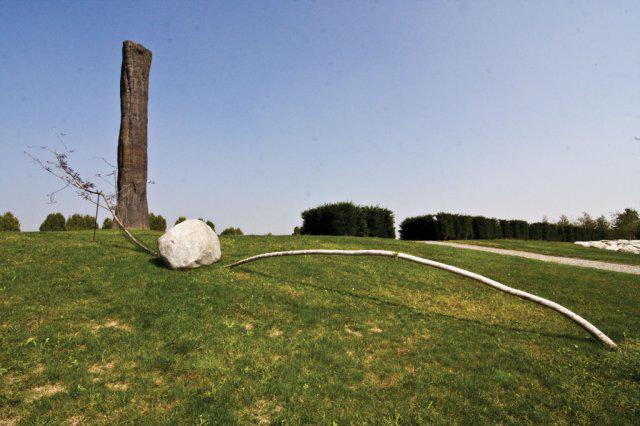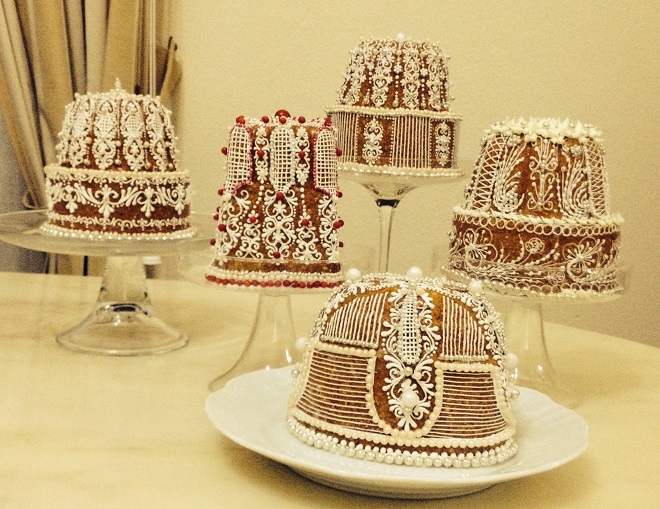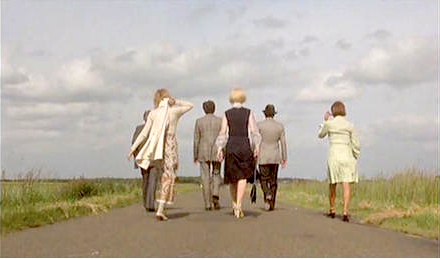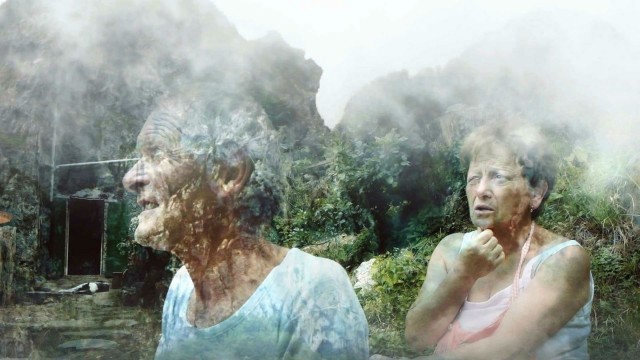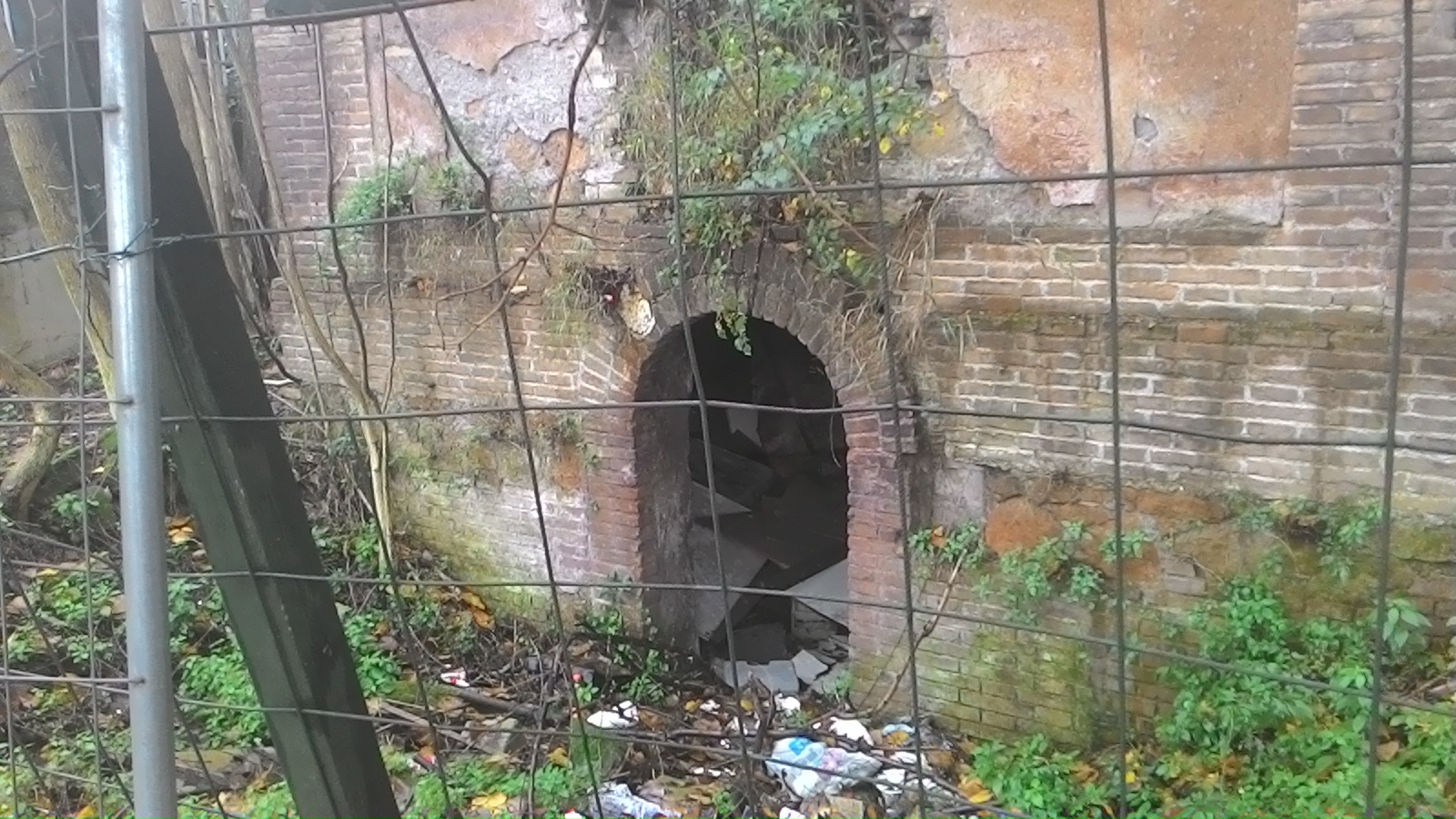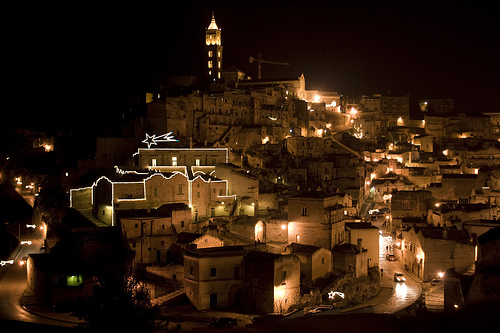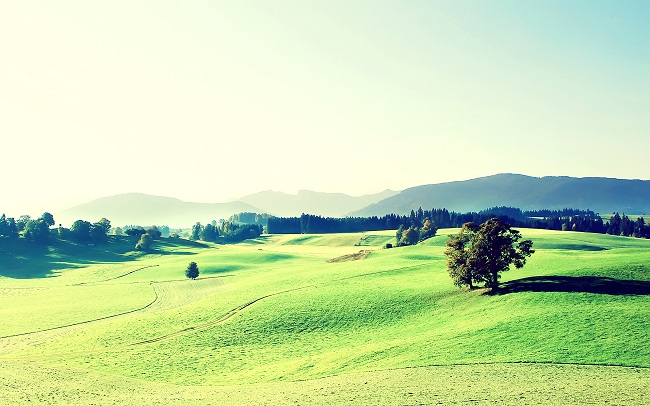
Written by Branka Kurtz
Landscape for a painter is not only natural ability and a specific segment of the living nature; from the painter’s perspective, since Cezanne, landscape has been shortened and condensed space, inhabited by natural forms and motifs from nature, but subordinated to the visual reflectance standards with all elimination, additions and transformations of relationships and values. The painter does not paint appealing scenes from nature with picturesque details and accents sound; for him Herzegovinian landscape is unique and by his physical-spatial determination and strength of visual impressions.
Moreover, the landscape is man’s existential framework, horizons in which are crystallized human affective and cognitive reactions, source of the original pictures that are following and haunting us until we are able to remember and think. Landscapes actually have something more than obsessive power of monitoring forms which are a measure of the size and source of all the excitement. Perhaps, landscape is the only and the most complex form, in which elements of our perceptual apparatus are reborn.
A painter collapses his experience and his artistic curiosity in the study of landscape, in its morphology, architecture and semantics.
Fragment of the landscape in gro-plane, protruding toward the sky; point is in the midst of the landscape so that there is no distance between the painter’s eye and, whole field of vision, the space is reduced and brought closer, and a mass relief is increased.
Thus, the painter starts from reality, but does not establish the distance that would enable narrative and topographical drawing. His goal is to present a vision of the landscape to formulate the idea of ??landscape and not the performance of its objective appearance.
And it doesn’t matter if he proceeds from the perception, painter, ends in the artificial play with the real architecture, but is subject to its laws compression and expansion, without leaving the circle of visual registration, but he is interested in designing laws and principles of morphology; his latest result is a plastic model of visual breakdown, in which are balanced the construction and spontaneity, perception and its materialized essence. In the paintings of some painters, landscape is not “a state of the soul”, the way that are some romantics formulated the relationship between the appearance of nature and oscillations in the human, affective being.
Landscape is not scenery or decor; furthermore, its landscape is dehumanized, no man, no traces of his existence and works. Man is not a part of any widget of nature – he is just offline, and the world of natural forms is not a scene because there are no actors or signs of life. Landscape is without vegetation and without architecture; natural forms are stylized as a relief boulder, and architecture is present as the idea of ??static equilibrium and the mass and volume that holds together an unknown force.
The whole appearance of nature is subordinated to the performance of some cosmic balance, in which reality is transformed and condenses to meet the demands of aesthetic disposition and attitude. The landscape was designed in the sense in which each image is transformed and related to the measurements taken from nature. To him (painter), the real world, raises the question of how objects can exist in space, how they are connecting and maintaining the balance, whether the objects are the size of the autonomous art or their identity is determined thanks to the infinite cosmos that includes them and of course, not radicalizing these questions since the art can not give the right answer on them; painting meets the performance and expression, description, or symbolism, a question arises as a result of the viewer spiritual context of two different worlds.
Therefore we are closing the circle of mini-space, which is then projected into the plane of wide horizons and amazing challenges and the endless mysteries of the natural relations and organization imposing orders of laws and aesthetic criteria. Nice photographs of drama, shape transformation, their collision, and the disappearance of birth, revealing those processes which the ordinary viewer and lover of nature understands as a spontaneous process of organic meaning and its mysterious driver. Verse and vigor of natural processes and forms are considered as the basis of the artistic act, as a challenge in painter’s sight, and call to find regions of stability and order in the endless metamorphoses that would be the extent of human conceptions of beauty and in accordance with the logic of nature.
In this way, landscape, although no people and traces of their existence, however, suggests the possibility of his anthropological interpretations, since human responses to the natural environment testifies to his primal connection with nature as the source and measure of its existence. That indistinguishable relationship between man and nature, expressed by means of art, has features of interaction and recognition of those changes that each of these two subjects begins and ends.
And yes, man’s relationship with the nature, because it is not only physical or only psychological, summarizes the major ideas in themselves, aesthetic and philosophical components, which forms the spiritual form of the epoch and the vision of the world transposed into artistic creations.
In the middle ages, spiritual principle pushed the secular and materialistic concept of reality, so the representation of nature was neglected at the expense of the symbolic and stylized iconography of biblical legends; in later epochs, with the idea of ??strengthening of individualism and the consciousness of man as a subject of history, from the Renaissance through the Baroque to Romanticism, nature was treated (in painting and literature) as the antithesis of history, as a man’s idealized refuge from the social evils, as an expression of deep earthquakes in the human soul. In modern art, landscape is extremely individualized as a theme and treated on the different ways in random techniques.
But in all stylistic formations and all historical epochs, in a landscape we recognize the spirit of time and man’s relationship to the values ??and ideals of the era; everywhere, landscape is the great, spiritual screen, on which are projected contours of the world and its driving forces. That’s why we tend to recognize in the analysis of landscape and read those ideas and aesthetic oscillation time that in the painting receive accurate and clear sprite art form.
P.S: Landscape in the 19th century is evolved as an autonomous painting with its own kind of aesthetic, and thus became the concept of “real” art. “


